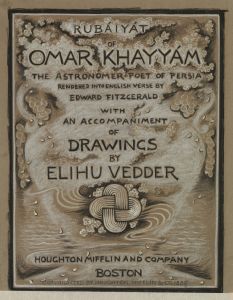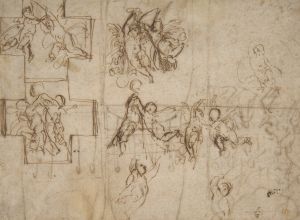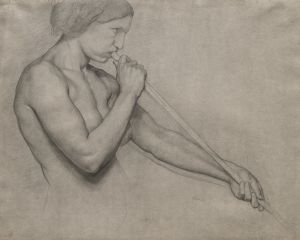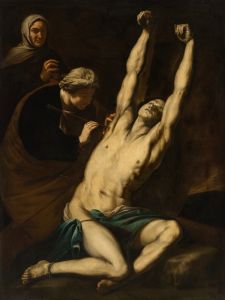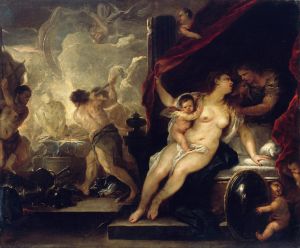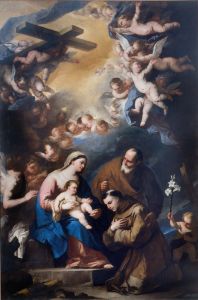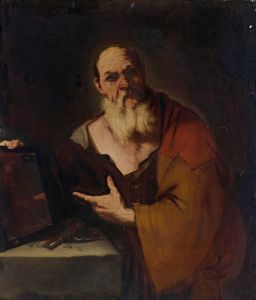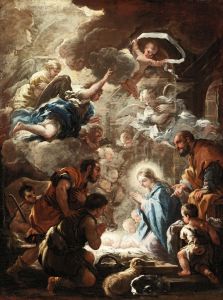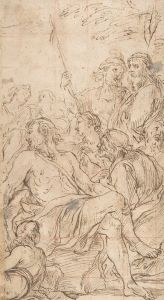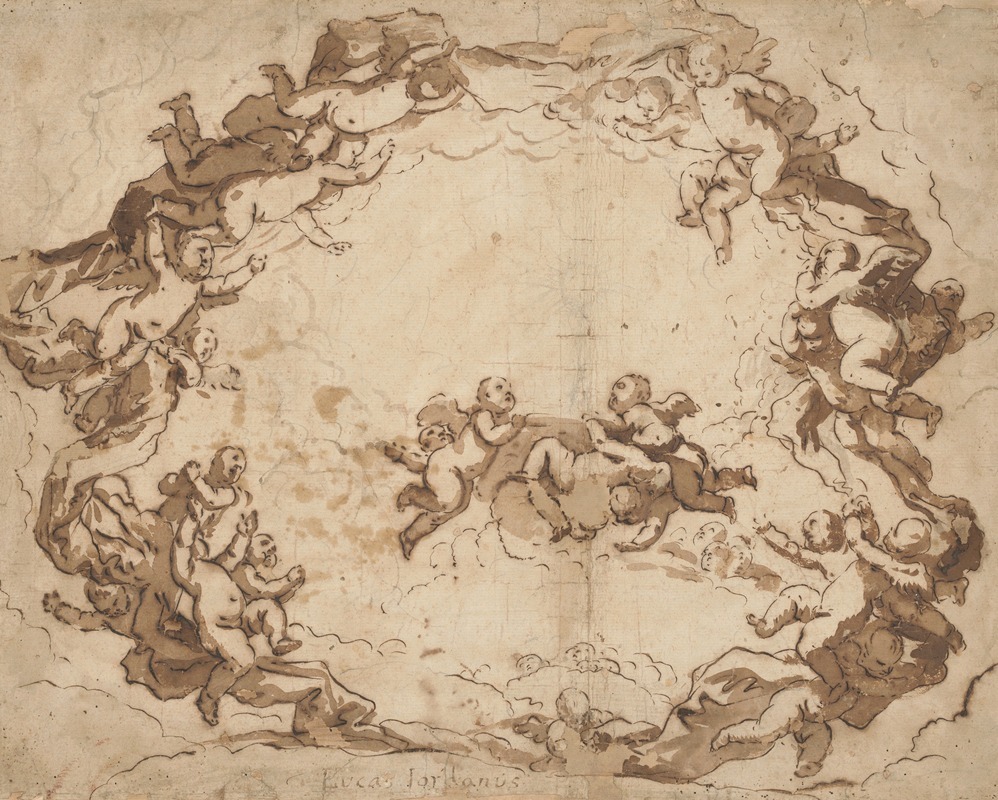
A Glory of Angels
A hand-painted replica of Luca Giordano’s masterpiece A Glory of Angels, meticulously crafted by professional artists to capture the true essence of the original. Each piece is created with museum-quality canvas and rare mineral pigments, carefully painted by experienced artists with delicate brushstrokes and rich, layered colors to perfectly recreate the texture of the original artwork. Unlike machine-printed reproductions, this hand-painted version brings the painting to life, infused with the artist’s emotions and skill in every stroke. Whether for personal collection or home decoration, it instantly elevates the artistic atmosphere of any space.
Luca Giordano, an Italian Baroque painter, created "A Glory of Angels" during the late 17th century. Giordano, born in Naples in 1634, was known for his prolific output and rapid painting technique, earning him the nickname "Luca Fa Presto" (Luca, Work Quickly). His style was heavily influenced by the works of Pietro da Cortona, Jusepe de Ribera, and Peter Paul Rubens, blending the dramatic intensity of the Baroque with a vibrant use of color and dynamic compositions.
"A Glory of Angels" is a quintessential example of Giordano's mastery in depicting celestial scenes. The painting features a host of angels, rendered with a sense of movement and ethereal lightness. The composition is characterized by its swirling forms and the interplay of light and shadow, which create a sense of depth and divine radiance. The angels are depicted with delicate, expressive faces and flowing garments, contributing to the overall sense of heavenly grace and splendor.
Giordano's use of color in "A Glory of Angels" is particularly noteworthy. He employed a rich palette to enhance the vibrancy and otherworldliness of the scene. The warm hues of the angels' robes contrast with the cooler tones of the sky, creating a harmonious balance that draws the viewer's eye throughout the composition. The light source, seemingly emanating from within the painting, bathes the figures in a soft, golden glow, further emphasizing their divine nature.
The painting reflects Giordano's ability to convey complex theological themes through visual art. The angels, often seen as messengers of God, are depicted in a state of perpetual adoration and praise, embodying the glory and majesty of the divine. This theme was particularly resonant during the Baroque period, a time when the Catholic Church sought to reaffirm its spiritual authority and inspire devotion through art.
"A Glory of Angels" is housed in the Museo del Prado in Madrid, Spain, which holds an extensive collection of Giordano's works. The museum's acquisition of this piece underscores Giordano's significance as a leading figure in Baroque art and his enduring influence on the artistic landscape of the period.
Luca Giordano's contributions to Baroque painting are widely recognized, and "A Glory of Angels" stands as a testament to his skill and artistic vision. The painting not only showcases his technical prowess but also his ability to infuse his works with a sense of divine wonder and spiritual depth. Through his dynamic compositions and masterful use of color and light, Giordano succeeded in creating a visual representation of the heavenly realm that continues to captivate and inspire viewers to this day.





